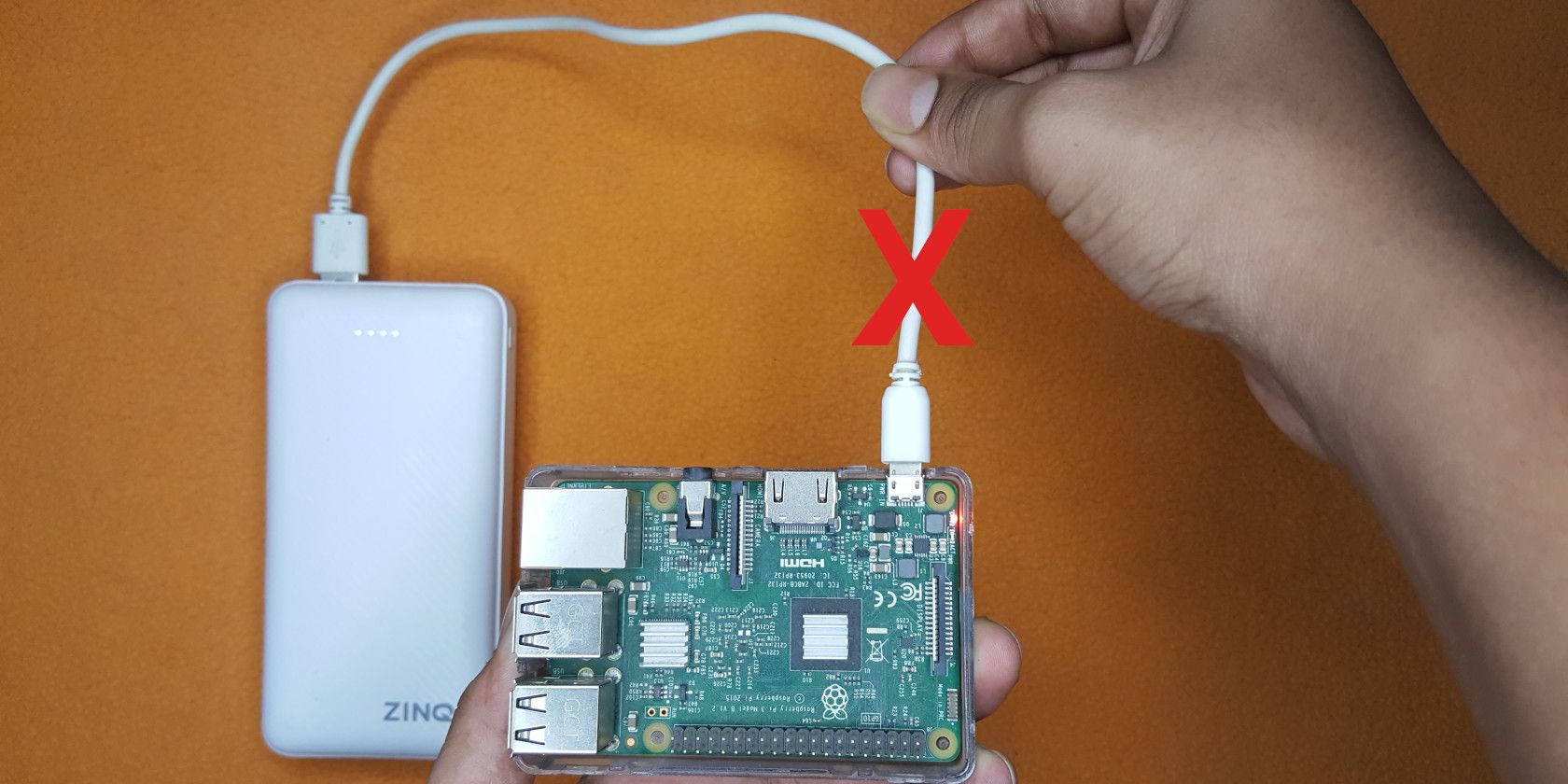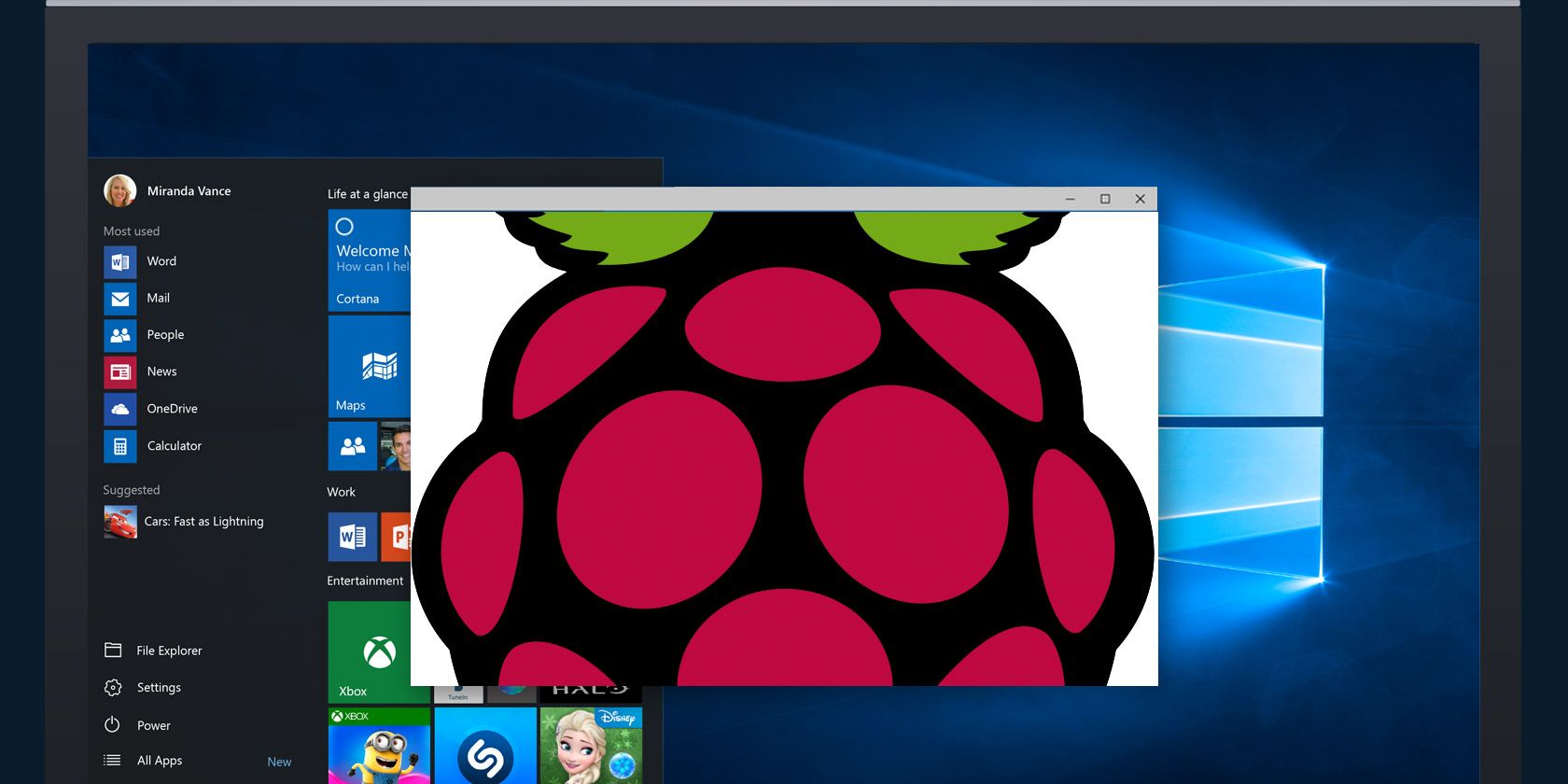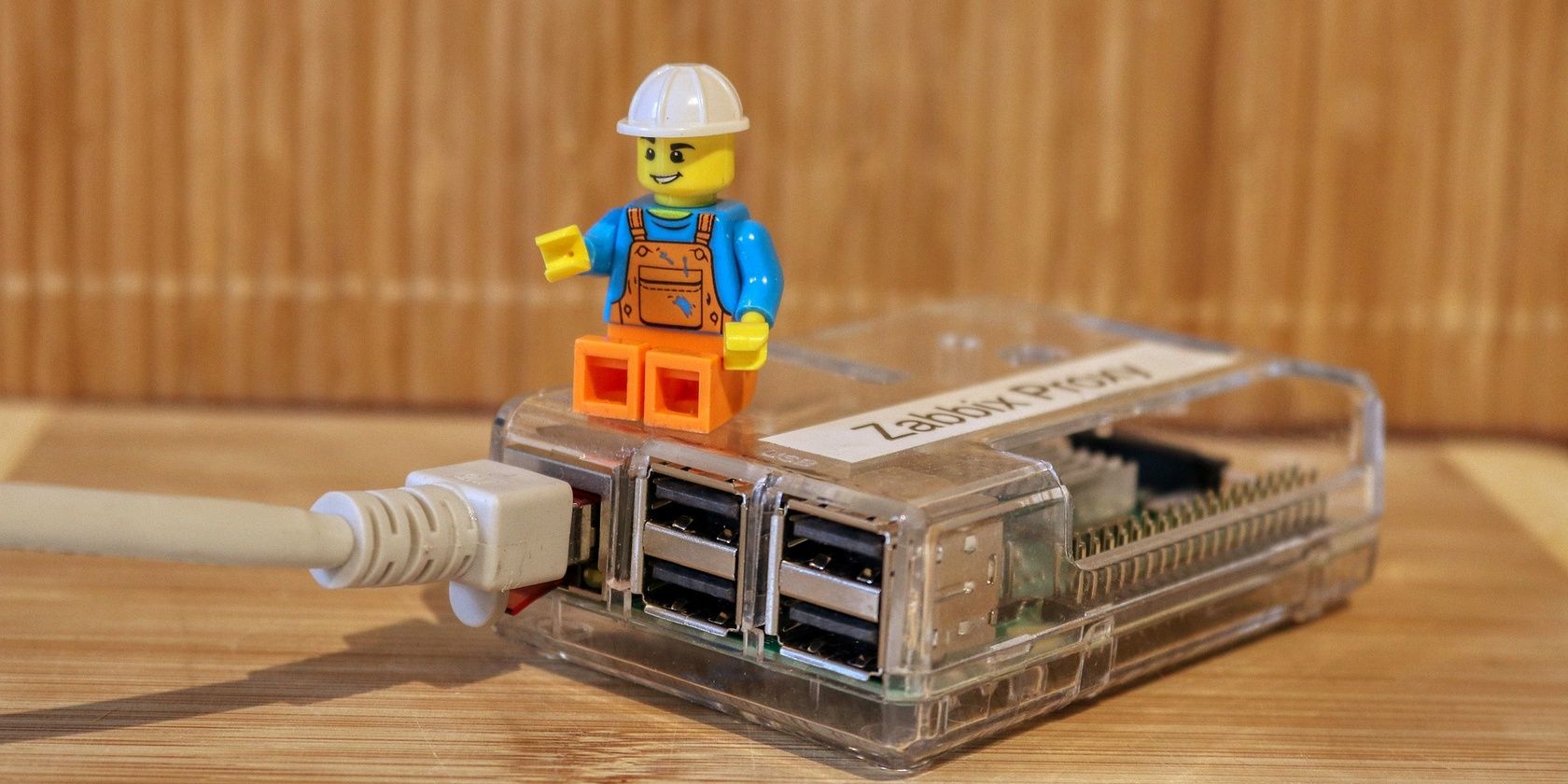It can be a real head-scratcher when you try to reach your little computer from afar, and it just sits there, silent. You might be counting on that Raspberry Pi to do something important, perhaps run a project or act as a tiny server, and suddenly, the usual way you get to it from somewhere else simply stops. That feeling of being cut off, like your helpful device has gone on a quiet holiday without telling you, can be pretty frustrating, you know.
This situation, where you expect to connect to your Raspberry Pi remotely but find it unresponsive, happens more often than you might think. It is a common snag for folks who use these small machines for all sorts of tasks. There are many reasons why your remote connection might not be going through, from simple oversights to slightly more involved setup issues. Finding out what is actually going wrong can feel like trying to solve a little puzzle, but it is certainly doable.
We are going to walk through some of the typical reasons your Raspberry Pi might not be letting you in from a distance. We will talk about simple checks you can make and some steps to get things back on track. The aim here is to help you figure out what is keeping your connection from working, so you can get back to doing what you want with your tiny computer, very soon.
- Brandi Passante Personal Life
- What Happened To Diane Pol
- How Did Whitney Houston Die
- Delphine Arnault Interview
- Drew Barrymore Kids Ages
Table of Contents
- Why is Your Raspberry Pi Remote Access Not Working?
- Getting Your Raspberry Pi to Work Remotely
- Common Hurdles When Raspberry Pi Remote is Not Working
Why is Your Raspberry Pi Remote Access Not Working?
It can be quite puzzling when you try to connect to your Raspberry Pi from another location, and the connection just does not happen. There are several typical reasons why your ability to remotely access Raspberry Pi might not be working as you expect. Often, the problem stems from either the way your network is set up, or something within the Raspberry Pi's own software configuration. Pinpointing the exact cause is the first step to getting things fixed, so.
Sometimes, the issue is as simple as the little computer not being turned on, or perhaps it lost its internet link. Other times, it is a bit more involved, like a setting that got changed without you realizing it. We will look at these different possibilities to help you sort out what is going on with your remote access. It is usually a matter of checking a few key spots to find the snag, you know.
Is Your Network Preventing Remote Access?
A very common reason your Raspberry Pi remote might not be working involves the network it is connected to. The way your home internet, or any network, handles connections can sometimes block outside attempts to reach devices inside. You need to make sure your Raspberry Pi is actually connected to the internet, for a start. Is the Wi-Fi signal strong enough? Is the Ethernet cable plugged in all the way? These are basic checks, but they are often overlooked, honestly.
- How Old Was Justin When He Sang Baby
- Remote Iot Behind Router Example Raspberry Pi
- Matt Walsh Net Worth
- How Old Is Canelo
- Access Iot Ssh Free Login
Your router, the box that gives you internet, plays a big part too. It has settings that decide what kind of information can come in and go out. If these settings are too strict, they might be stopping your remote access attempts. Sometimes, a simple restart of your router can clear up temporary glitches that are preventing your Raspberry Pi from being reached. It is worth trying that, anyway, before getting into more complex ideas.
Also, every device on a network has an address, like a house number. For your Raspberry Pi to be found, it needs to have an address that is reachable. If its address changed, or if your computer trying to connect is looking for the wrong address, then your remote access will not work. Checking the IP address of your Raspberry Pi is a pretty good step to take here, in that case. Make sure it is the one you are trying to connect to.
Are Software Settings Stopping Remote Access?
Beyond the network, the way your Raspberry Pi itself is set up can definitely stop your ability to remotely access Raspberry Pi. For most remote connections, you use a tool like SSH (Secure Shell) or VNC (Virtual Network Computing). These tools need to be turned on, or "enabled," on your Raspberry Pi. If they are not active, then no matter how good your network is, you will not be able to get in, basically.
When you first set up a Raspberry Pi, these remote access tools are often turned off for safety. You have to go in and switch them on yourself. This is usually done through a settings menu or by typing a command into the Raspberry Pi's own command line interface. If you recently updated the software on your Raspberry Pi, or if someone else has been using it, these settings might have been changed back, or just not enabled in the first place, you know.
Another point to consider is the login information. Are you using the correct username and password? It sounds simple, but a tiny typo can stop your remote access dead in its tracks. If you have changed the default password, which is a good idea for safety, make sure you are using the new one. Sometimes, people forget they changed it, or they mix up different passwords for different devices, that is a common thing, actually.
Getting Your Raspberry Pi to Work Remotely
Once you have a sense of why your Raspberry Pi remote might not be working, the next step is to put things right. There are a few practical steps you can take to get your connection up and running again. These steps often involve checking the physical setup of your Raspberry Pi and making sure it has what it needs to run properly. It is often about going back to basics, sort of.
Sometimes, the solution is not about complex network setups or software commands, but rather about the very simple things that keep the little computer alive and connected. Paying attention to these basic elements can save you a lot of time and frustration. We will go through some of these fundamental checks that can help restore your remote access, so.
Checking the Physical Side of Remote Access
When your ability to remotely access Raspberry Pi is not working, it is a good idea to physically check the device itself. Is it actually powered on? Look for the little lights on the board. A solid red light usually means it has power, and a blinking green light often indicates that it is doing something, like reading from its memory card. If you see no lights, or only a very dim one, then it might not be getting enough power, or it might not be running at all, pretty much.
If you are using an Ethernet cable for a wired connection, make sure it is pushed firmly into both the Raspberry Pi and your router or network switch. Sometimes, a cable can come loose, or it might even be faulty. Try swapping it out for a different one if you have a spare. For Wi-Fi connections, ensure that the Wi-Fi adapter is properly attached, if it is a separate piece, and that the Raspberry Pi is within good range of your wireless signal, obviously.
Also, the memory card, which acts as the Raspberry Pi's hard drive, needs to be seated correctly. If it is loose or corrupted, the Raspberry Pi might not boot up properly, which would certainly stop any remote access. You could try taking it out and putting it back in, making sure it clicks into place. Sometimes, these small physical checks are all it takes to get things going again, honestly.
What About the Power Supply for Remote Access?
The power supply is a surprisingly common culprit when your Raspberry Pi remote is not working. These little computers need a stable and strong power source to run correctly. If the power adapter you are using is not strong enough, or if it is faulty, your Raspberry Pi might act strangely, or not even start up completely. It might appear to be on, but it could be struggling, leading to connection issues, sort of.
Using a power supply that is specifically made for the Raspberry Pi, or one that provides enough current (usually 2.5A or 3A for newer models), is really important. A phone charger, for example, might not provide enough steady power, even if it has the right connector. This can lead to what is called "under-voltage," which can cause all sorts of odd behaviors, including stopping remote access, in a way.
If you suspect the power supply, try using a different one if you have it. Make sure it is a good quality one that meets the Raspberry Pi's requirements. Sometimes, the cable itself can be the problem, even if the adapter is fine. A thin or long USB cable can cause power loss. So, using a shorter, thicker cable designed for power delivery can also make a difference. It is a simple thing, but it is often overlooked, actually.
Common Hurdles When Raspberry Pi Remote is Not Working
Even after checking the basics, there are a couple of other common hurdles that can prevent your Raspberry Pi from being reached from afar. These often involve security measures or the way your internet service provider assigns addresses. Knowing about these can help you troubleshoot more effectively when your remote access is still giving you trouble, so.
These issues are a bit more about the rules and systems that govern how information travels across networks. They are not always obvious, but once you understand them, they become much easier to deal with. We will look at firewalls and dynamic IP addresses, which are two frequent causes of remote connection problems, you know.
Firewall Rules and Remote Access
A firewall is like a guard that stands at the entrance of your network, deciding what can come in and what can go out. Both your router and your Raspberry Pi itself can have firewalls. If these firewalls are set up too strictly, they might be blocking the specific type of connection you need for remote access. This is a very common reason why your ability to remotely access Raspberry Pi might not be working.
For example, if you are trying to use SSH to connect, the firewall needs to allow traffic on port 22. If you are using VNC, it needs to allow traffic on port 5900 (or similar). If these "ports" are closed by a firewall, then your connection attempts will just bounce off. You might need to go into your router's settings and create a "port forwarding" rule to direct incoming connections to your Raspberry Pi, basically.
On the Raspberry Pi itself, a software firewall like `ufw` (Uncomplicated Firewall) might be active. If you have set this up, or if it was enabled by default, you will need to make sure it has rules that allow incoming connections on the ports you are using. It is about telling the guard, "Hey, let this specific type of traffic through for my little computer," in other words.
Dealing with Dynamic IP Addresses for Remote Access
Another common issue that makes your Raspberry Pi remote not working is something called a dynamic IP address. Most home internet connections get a "dynamic" public IP address from their internet service provider. This means the address can change from time to time. If your home's public IP address changes, and you are trying to connect using the old address, your connection will fail, obviously.
Imagine your house number changing every few days. If someone tries to send you mail using your old house number, it will not reach you. The same idea applies here. When you are trying to connect to your Raspberry Pi from outside your home network, you are using your home's public IP address. If that address shifts, your remote access will stop working until you find the new one, pretty much.
To get around this, many people use a service called Dynamic DNS (DDNS). This service gives you a fixed web address, like `myraspberrypi.ddns.net`, that always points to your home's current public IP address, even if it changes. You set up a small program on your Raspberry Pi or router to tell the DDNS service your new IP whenever it changes. This way, you always use the same easy-to-remember address to connect, and you do not have to worry about your IP shifting, so. It is a neat trick, truly.
So, when your Raspberry Pi connection from afar is not happening, remember to check its physical state, its power, and the way its network and software are set up. Also, consider any firewall rules or the changing nature of your internet address. Going through these points should help you pinpoint the problem and get your little computer back within reach.
Related Resources:



Detail Author:
- Name : Rahsaan Littel
- Username : wmitchell
- Email : derrick.mayer@goldner.com
- Birthdate : 1997-07-15
- Address : 4140 Fanny Pine Titusport, TX 50159
- Phone : 631-668-4226
- Company : Boehm and Sons
- Job : Sculptor
- Bio : Voluptas reiciendis iste rem. Libero nihil sequi doloribus nobis. Saepe ut accusantium hic qui quas.
Socials
facebook:
- url : https://facebook.com/duncano'keefe
- username : duncano'keefe
- bio : Qui veritatis quos assumenda harum. Voluptatem sit et ut.
- followers : 3485
- following : 254
tiktok:
- url : https://tiktok.com/@duncan.o'keefe
- username : duncan.o'keefe
- bio : Molestias ut delectus maiores similique aut. Expedita nihil earum perspiciatis.
- followers : 948
- following : 2488